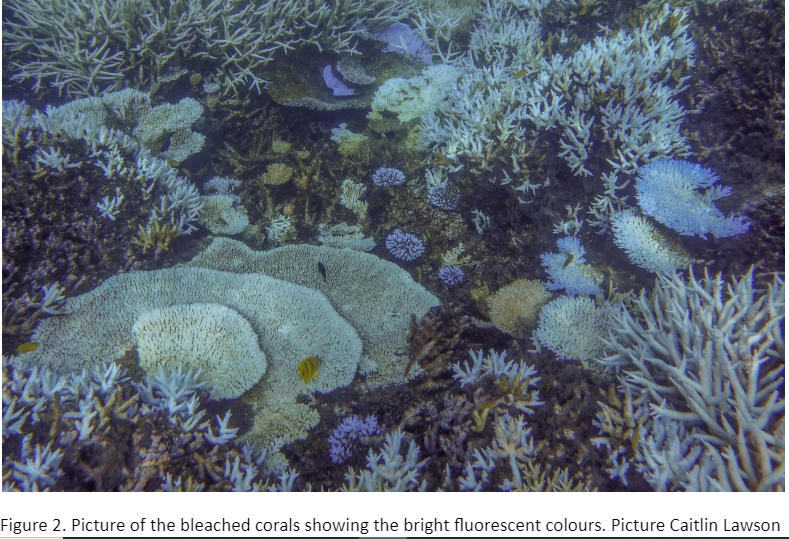By Stuart Kininmonth, Manager, Heron Island Research Station, The University of Queensland
The Capricorn bunker group of reefs is home to the famous Heron Island and Lady Elliot Island. Located at the southern edge of the Great Barrier Reef, these reefs are limited in their extent due to the cooler temperatures in winter and the presence of the continental shelf. Since 1962, the coral reefs in this region have been closely monitored and have maintained excellent condition. This is thanks to the combination of the Capricorn Eddy and the escape of cyclones at 23 degrees latitude, which have allowed the corals to thrive.
However, in January 2024, the water began to warm up, eventually surpassing the threshold at which corals can thrive. Initially, during the first few weeks of the marine heat wave, the corals were able to cope and sustain their functions. However, around February 5th, widespread stress was observed across many species, particularly in the shallow reef edges. As the corals shed their algae, their colours changed from deeper greens and browns. To cope with the increased sunlight, the corals produced a small amount of pigment, giving them a truly amazing appearance. However, the corals are facing starvation as they cannot obtain the necessary sugar from the algae. They are patiently awaiting a drop in temperatures, which would allow them to resume their solar farms by extracting algae from the ocean.
Regrettably, many corals have already depleted their sugar reserves and perished, leaving behind rapidly colonized calcium carbonate skeletons covered in filamentous algae. As water temperatures decline, we will be able to determine how many colonies will survive in the next three weeks.



